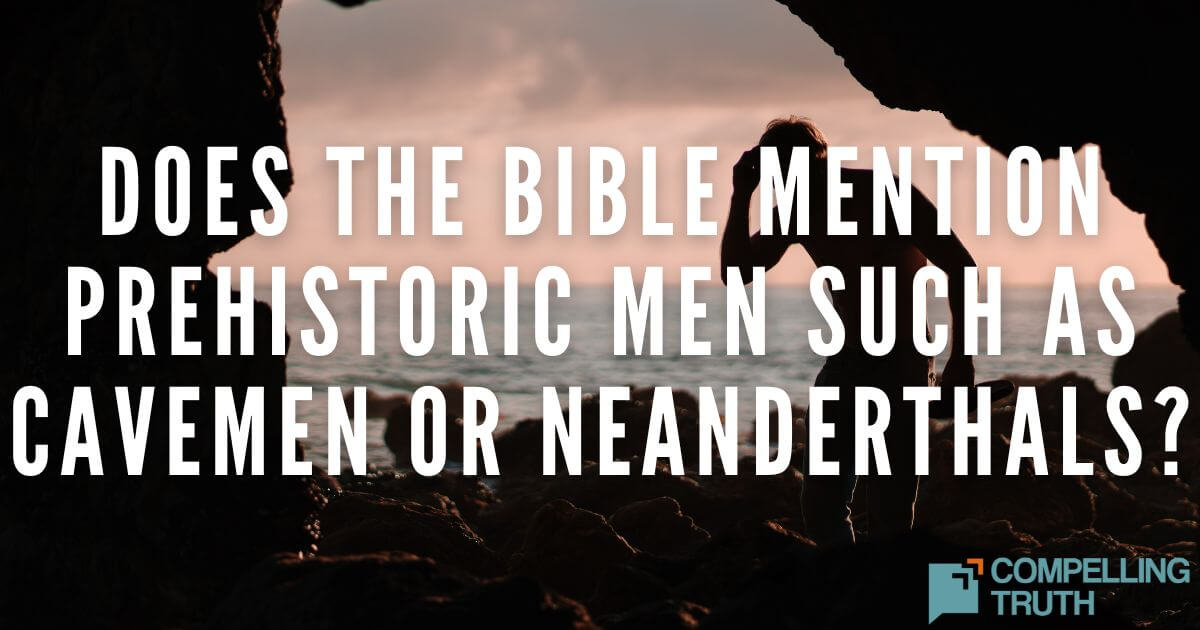what does the bible say?
Some people wrongly believe that Genesis 1 and 2 record two different creation accounts because they present the history of creation twice. However, when focusing on the artificial division of the Bible into chapters and verses (which was added later for convenience), we cannot overlook the big picture and the intended literary structure of texts. Moses, the author, provided a natural structure to Genesis by using toldot, a Hebrew word translated as "generations." In Genesis, Moses compiled eleven family documents (toldots). Each family document begins with: "These are the generations of" (2:4, 5:1, 6:9, etc.) and explains what became of an event or genetic line, such as creation, Adam or Noah.
The intended structure of Genesis begins:
Introduction (1:1-2:3): The themes are creation, creation of man, and God's sabbath rest.
First toldot, "What became of creation" (2:4-4:26): The themes are the creation of Adam and Eve, the Fall and its results, and the Edenic and Adamic covenants.
Second toldot, "What became of Adam" (5:1-6-8): The themes are death and corruption, God's displeasure with sin, and the decline from Adam to Noah.
Third toldot, "What became of Noah" (6:9-9:29): The themes are judgment of the Flood, salvation of Noah, and the Noahic covenant.
These toldots are repeated throughout the book of Genesis, using "these are the generations of" as key. Reading the text this way presents a unified account of Genesis, not two different accounts.




